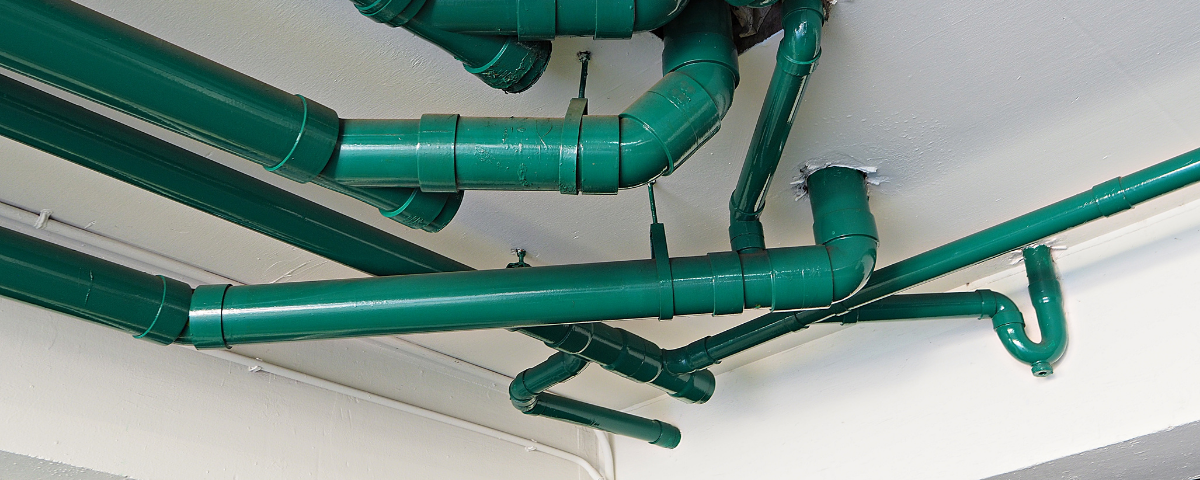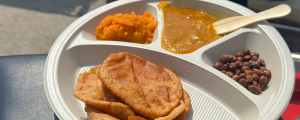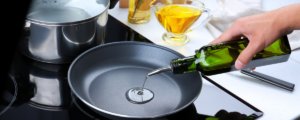There is so much that we discuss on how to manage safety and hygiene standards in Food Business. However, one of the easiest and simplest ways to manage it is the maintenance of your grease trap. If you run a restaurant, a ghost kitchen, or any other food business, the grease trap is essential to your daily operations.
A fully functional grease trap is imperative for ensuring proper collection of used cooking oil, and its storage, for eventual repurposing. If not managed well, and maintained properly, grease traps can be faulty, can be messy, and cause kitchen operations to halt, and reduce business efficiency and even profits. It’s thus important to know as much as we can about grease traps so that they can be maintained efficiently, and do not impact business.
Causes:
- Debris in the drain – One of the surest ways to end up with a grease trap issue is to discard food-related waste down the drain pipe. Most commercial kitchen drain pipes are broad enough for small discardable waste like lime seeds, tea leaves, etc. In most businesses, this is something the kitchens understand quite well, yet it is the cause of faulty grease traps once too often. Using drain covers, both with broader nets and finer nets are a great way of solving this problem.
- Used Cooking Oil – Again, most kitchens are aware that grease should be discarded only in the grease trap. Yet, there ends up an inexplicable amount of used cooking oil in the kitchen drains, and then over time, it keeps solidifying in the drainpipe and causing it to overflow.
Symptoms:
- A foul odor and slow drainage – If your kitchen drain pipe smells funny, or the drainage is slow, then chances are that there is a problem with the trap already. If not, you’re sitting on a ticking time bomb, just that this one is a messy type, not the explosive type. The simplest solution to this is to clean your grease trap. That will ensure that any solidified material is removed, that bacteria are not sitting on it, and that the drainage is effective. Otherwise, it won’t be too long before this becomes a plumbing issue that might be costly to resolve.
- Clogs and Overflows – This one is a full-blown plumbing issue. You need to know exactly where the clog is formed. You can’t deal with overflows casually. Yes, it’s going to cost you time AND money to fix this one, because this will render your kitchen out of use while it’s fixed. Ensure that you get a good service provider to ensure that the grease spillage is managed efficiently and properly, instead of allowing the oil to seep through the ground.
Consider this one an emergency, irrespective of whether the clog is in the inlet or the outlet; whether the overflow is in the kitchen, or in the parking lot. Spilled greasy is inviting accidents, irrelevant of where it is.
Solution:
- A stitch in time saves nine. This applies to all commercial kitchens too. Experts recommend that kitchens should ensure that the drainage system, grease trap, and grease storage units are regularly inspected, maintained, and fixed if needed.
- More importantly, it is important to develop diligent and efficient waste disposal and used cooking oil collections mechanisms in the business to avoid grease trap-related issues.
A good collecting and aggregating agency like ARIS will not just collect the used cooking oil, but also be able to offer advice and consultation on such matters. Let us know if you think we can help you run a successful and efficient kitchen.
For more information chat with us 917304745554




